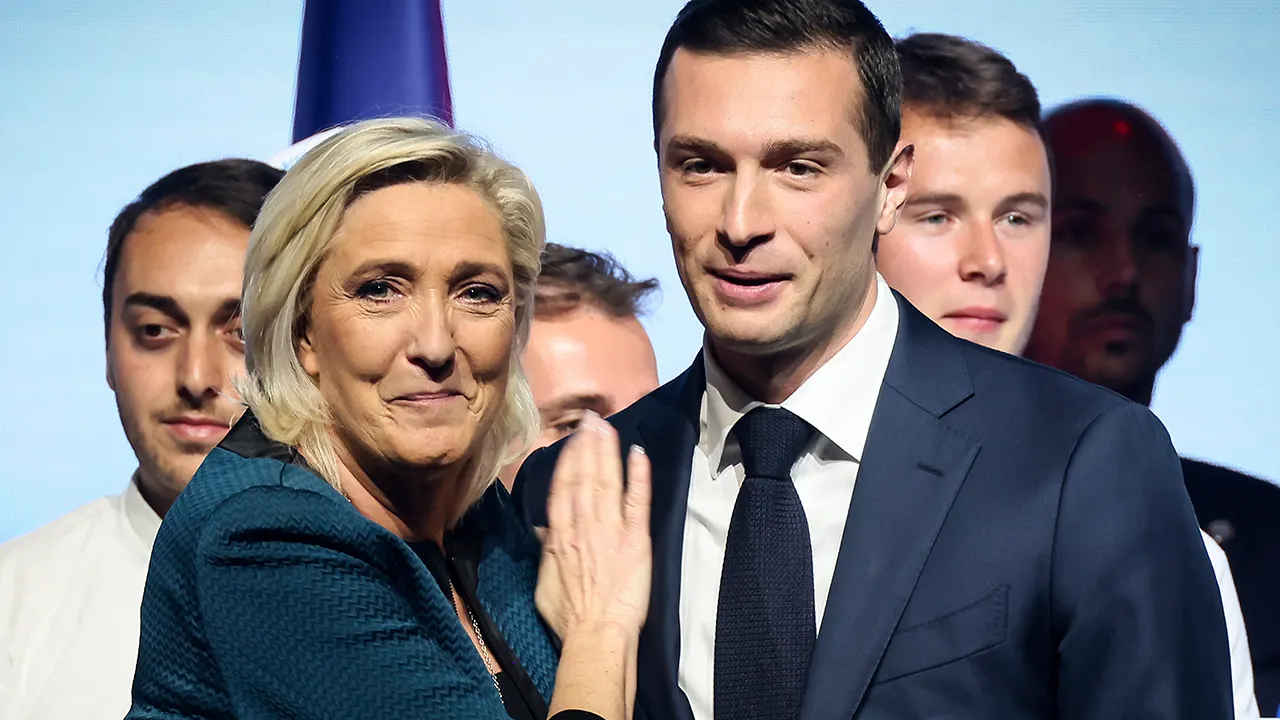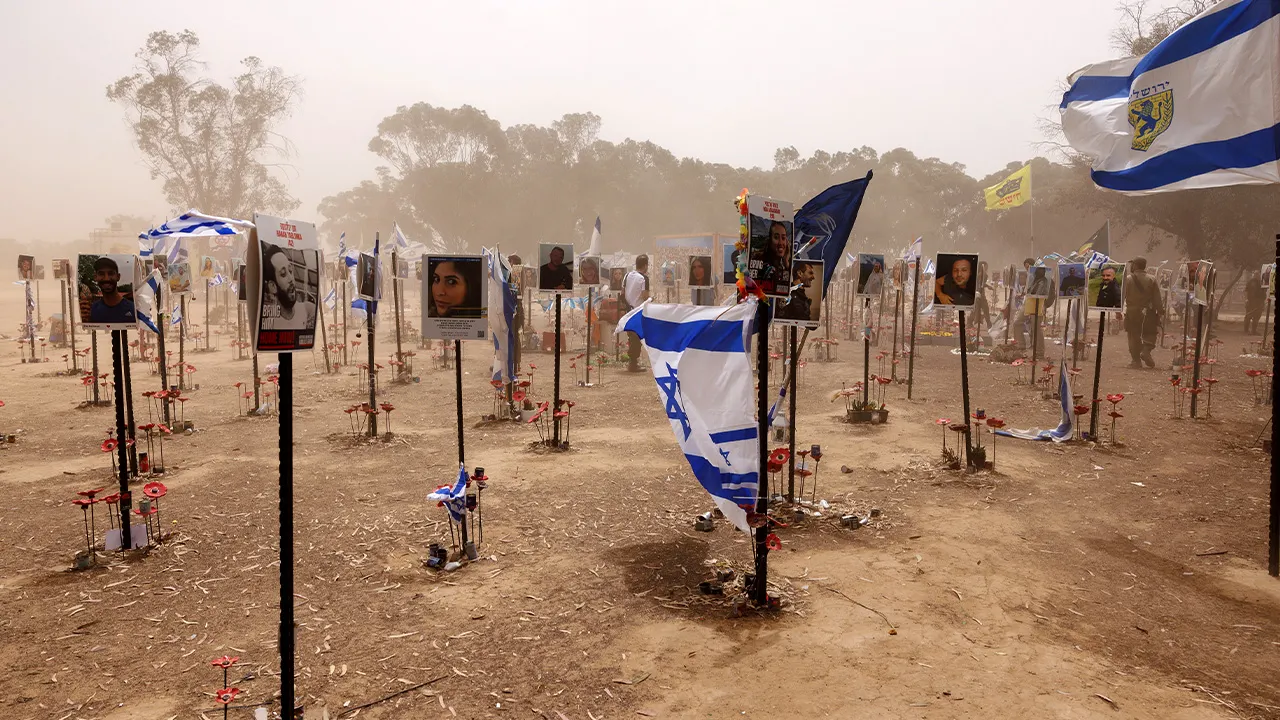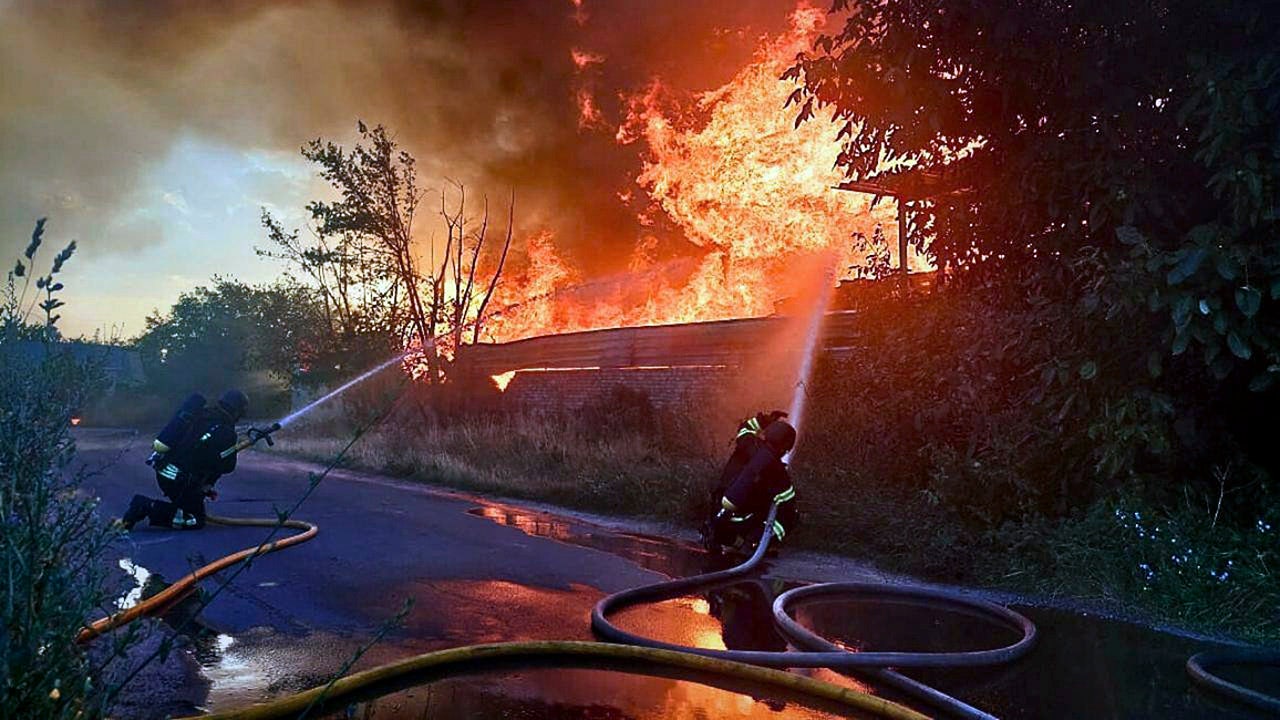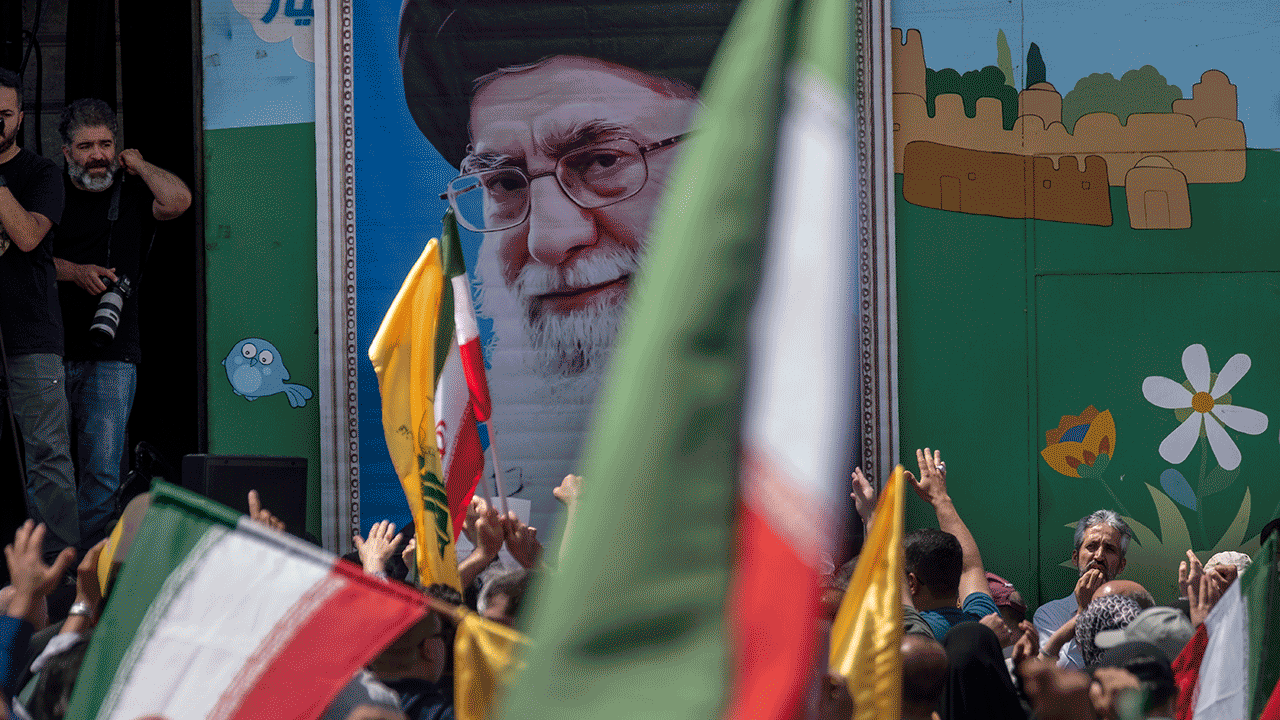Serbian opposition lawmakers throw smoke grenades, tear gas in parliament
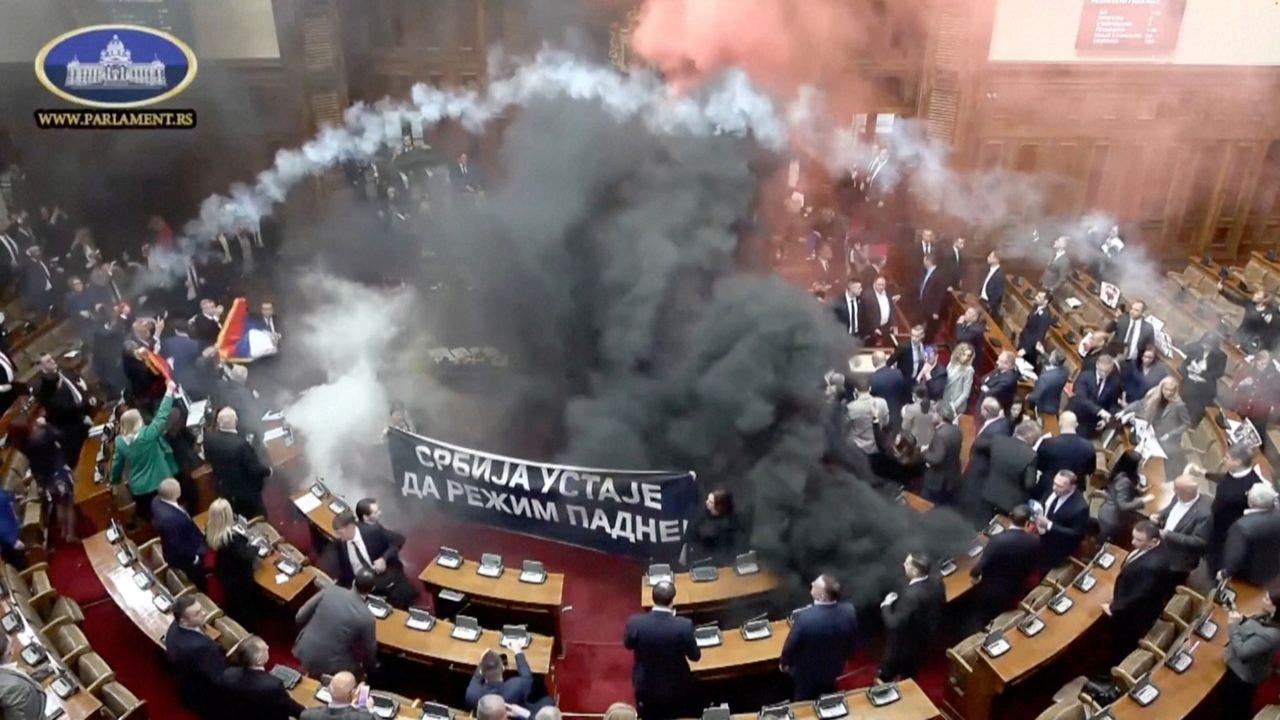
Chaos erupted in Serbia’s parliament on Tuesday as opposition lawmakers set off smoke grenades and tear gas to protest the government and show support for demonstrating students. The situation quickly escalated, resulting in at least three lawmakers being injured, with one in critical condition after suffering a stroke. These events have further heightened political tensions in the landlocked Balkan country, which sits at the crossroads of Southeast and Central Europe.
Video footage from the assembly hall captured the clash between lawmakers, followed by the throwing of flares, smoke bombs, eggs, and water bottles. Meanwhile, outside the parliament building, hundreds of opposition supporters rallied during the session, adding to the chaos and unrest.
The catalyst for these violent demonstrations was a fatal collapse of a canopy at a railway station in November. This tragic incident sparked mass protests, with demonstrators demanding justice and accountability for the tragedy. Many Serbians believe that the collapse was a result of government corruption, as the renovations that led to the canopy’s collapse were overseen by two Chinese companies.
The resignation of Serbian Prime Minister Milos Vucevic in January, following the protests, marked a significant moment in the nation’s political landscape. However, the unrest has persisted, with mass demonstrations continuing in Belgrade and across the country. The resignation of Vucevic must still be confirmed by parliament for it to take effect.
During the legislative session on Tuesday, lawmakers were set to vote on a law that would increase funding for university education, a key demand from student protesters. However, opposition parties accused the ruling majority of planning to push through several other decisions illegally, without first confirming the prime minister’s resignation.
As tensions rose, opposition politicians clashed with security guards and set off smoke grenades and tear gas inside the parliament. The chaos continued, with ruling coalition politicians debating amidst whistles and horns from opposition lawmakers. Outside the building, protesters stood in silence to honor the 15 people killed in the railway station roof collapse.
Parliament speaker Ana Brnabic condemned the opposition as a “terrorist gang,” while the ruling coalition alleged that Western intelligence agencies were behind the protests in an attempt to destabilize Serbia. The government’s response to the protests, from initially ignoring them to accusing them of being infiltrated by foreign agitators, has drawn criticism for its lack of transparency and accountability.
Protest leaders have called for a major rally in Belgrade on March 15, signaling that the unrest and demands for justice are far from over. The ongoing turmoil in Serbia reflects deep-rooted issues of corruption and institutional failure that continue to plague the country.
As the situation unfolds, it is clear that Serbia is facing a critical moment in its political history. The events in the parliament and on the streets of Belgrade underscore the deep-seated frustrations and calls for change that are reverberating throughout the nation.

